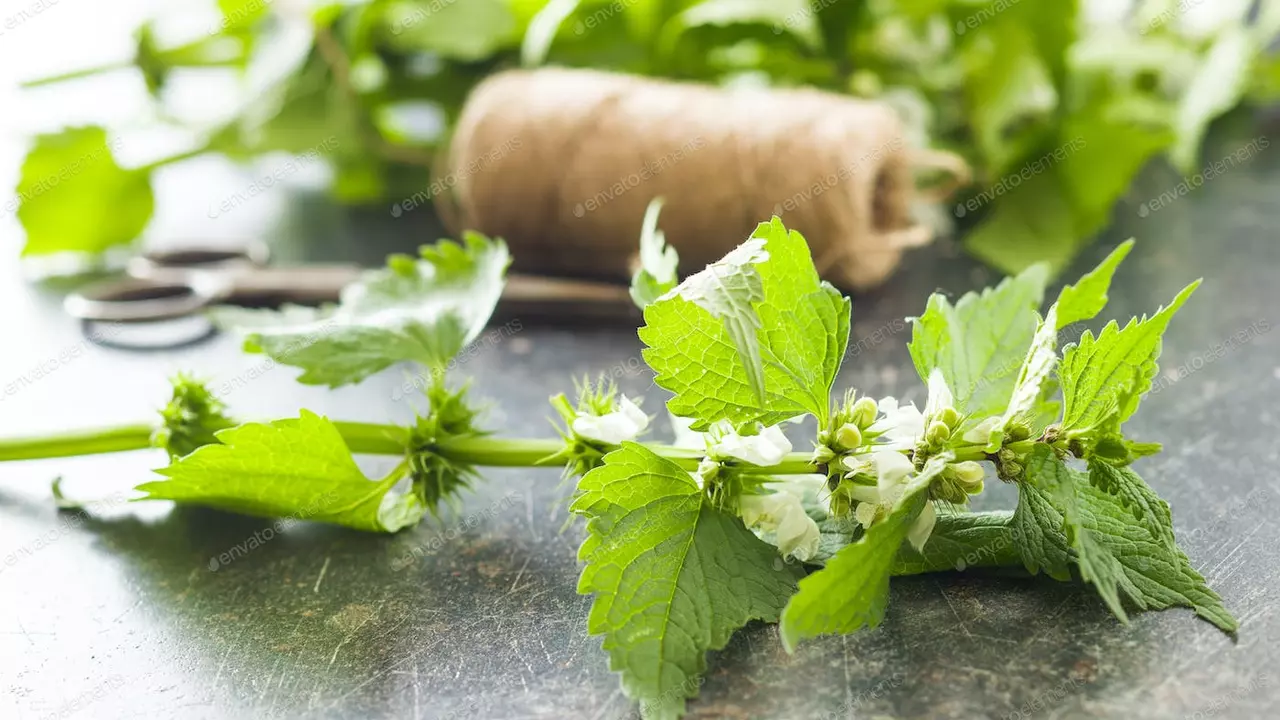White Dead Nettle Flower — how to spot and use it
It looks a lot like stinging nettle but it won't sting. White dead nettle (Lamium album) grows in hedgerows, roadsides, and shady gardens across Europe and parts of Asia. The white, tubular flowers and heart-shaped leaves make it easy to pick out once you know what to look for.
How to identify and harvest
Look for opposite, toothed leaves that are soft and hairy, not spiny. Flowers are clustered on square stems typical of the mint family and sit in the leaf axils. Each blossom is white or off-white, tubular, and about 1–2 cm long. Harvest when flowers are fully open—late spring to early summer is prime season.
Pick only from clean, pesticide-free areas. Take small amounts from many plants rather than stripping one plant bare. Use scissors to snip the flower clusters and store them in a paper bag or breathable container—plastic will make them sweat and spoil.
Uses, simple recipes, and safety
Herbalists traditionally use white dead nettle flowers for mild respiratory support and as a soothing tea. You can also eat the young leaves and flowers raw in salads or candied as a garnish. That said, don’t expect miracle cures—think of it as a gentle, supportive herb.
Basic floral tea: steep 1 tablespoon of fresh flowers (or 1 teaspoon dried) in 250 ml hot water for 8–10 minutes. Strain and drink up to twice a day. For a simple syrup, simmer 1 cup of flowers with 1 cup water and 1 cup sugar until reduced; cool and bottle for a throat-soothing syrup or cocktail mixer.
Safety first: if you’re pregnant, breastfeeding, on medication, or have chronic illness, check with a healthcare pro before using any herbal remedy. People with pollen allergies can react to flowers, so try a small taste first. Stop use if you notice rash, stomach upset, or breathing problems.
Where to buy or grow: seeds and young plants are available from specialist herb nurseries and online. White dead nettle prefers part shade and regular moisture. Plant in well-drained soil and cut back after flowering to encourage fresh growth. If you buy dried flowers, choose certified suppliers and check for clean, labeled packaging.
Quick tip: because it looks like stinging nettle, pick carefully—feel the leaves first. If they’re soft and don’t sting, you’ve probably got white dead nettle. Use small amounts at first and enjoy its mild, slightly sweet floral taste.
In my recent exploration, I've delved into the incredible health benefits of the White Dead Nettle Flower. This all-natural powerhouse is not only beautiful but packed with a plethora of wellness benefits. From boosting the immune system to improving skin health, this flower has proven to be a real game-changer. What's more, it has the potential to improve heart health and reduce inflammation. In essence, the White Dead Nettle Flower is a hidden gem in the world of natural remedies, promising a boost to our overall health and wellness.
View Details

